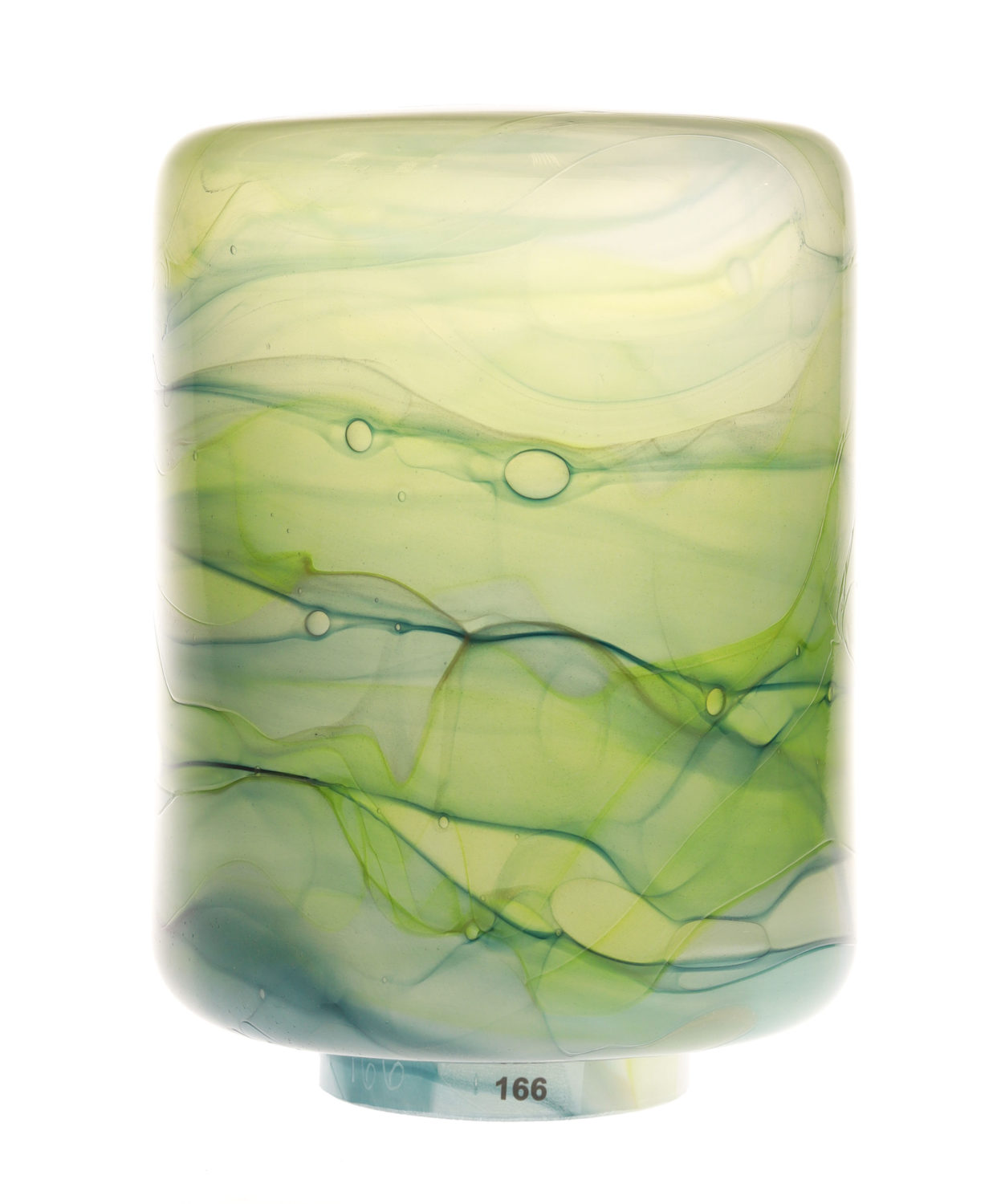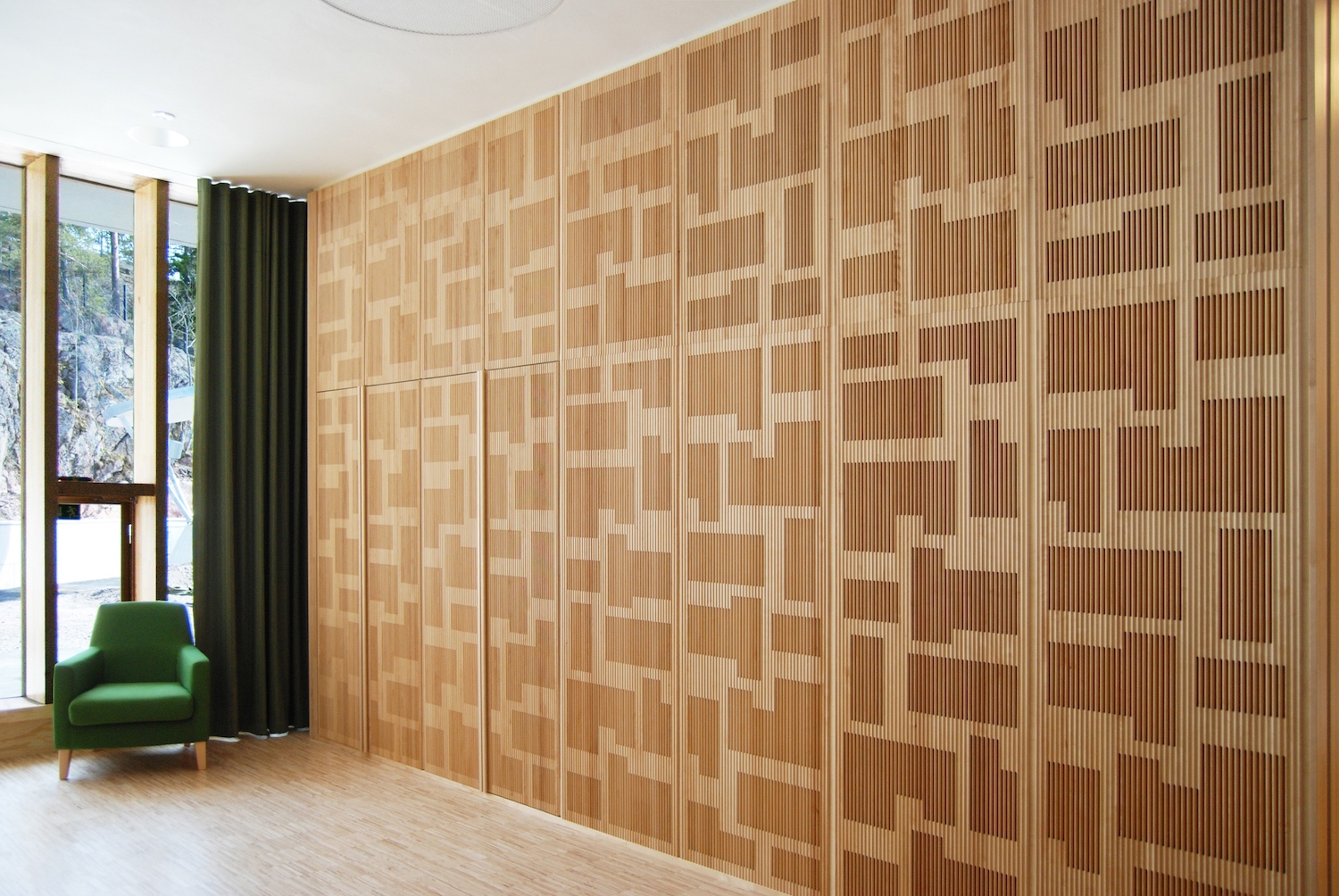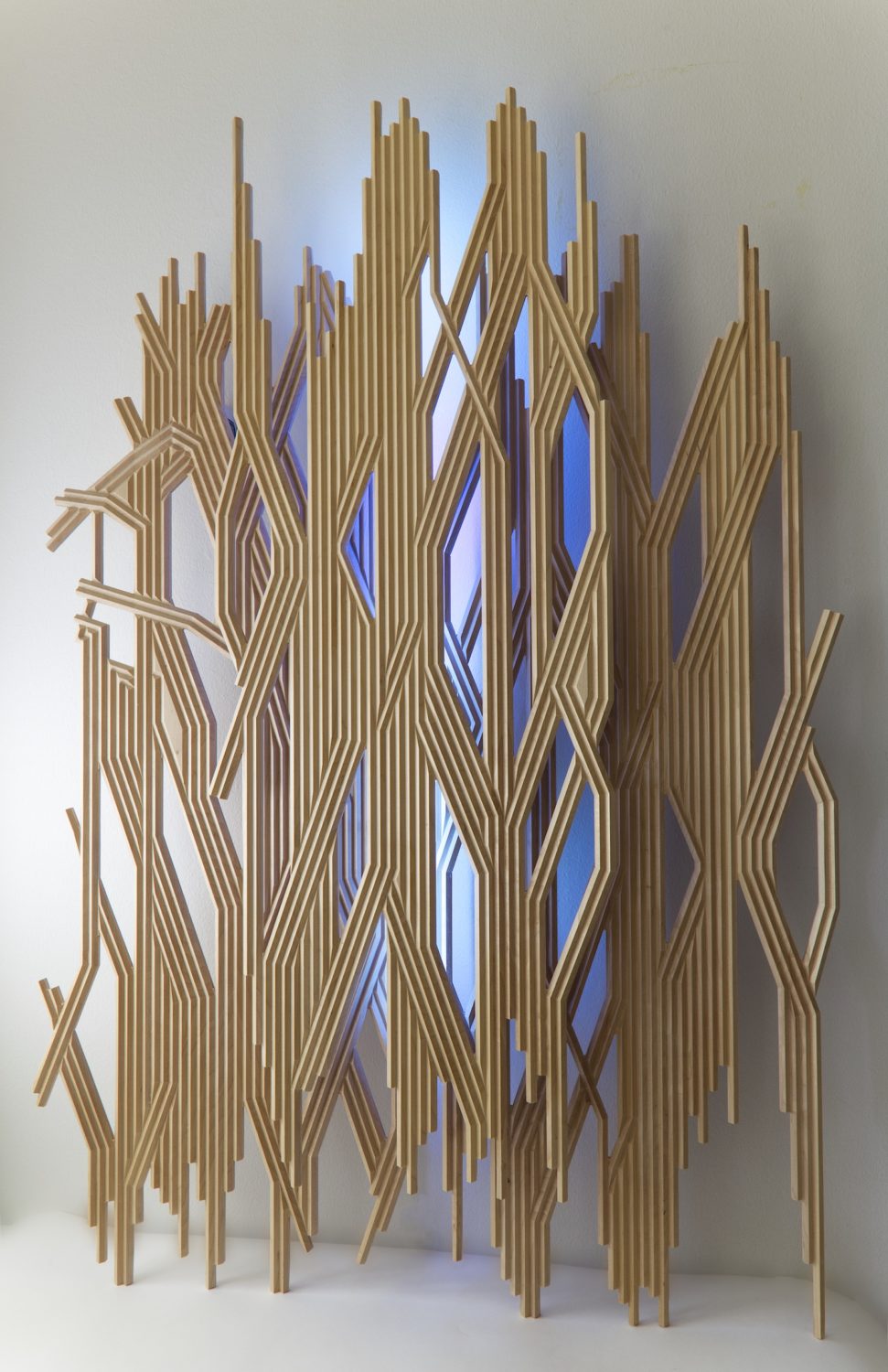Our living environment has a profound impact on our health, everyday life and general well-being. The importance of the built environment for ecology, the economy and a functioning society is now better understood. In Finland, construction is estimated to account for 35% of society’s consumption of resources. Therefore, all activities within property and construction sector should be guided by the United Nations Sustainable Development Goals: https://sdgs.un.org/goals, as the built environment plays a key role for our ability to achieve these global goals.
Arts, crafts and design are worthy ways of improving everyday life for people. In recent years, art has been incorporated in a growing number of construction projects in Finland, and this in turn has led to an increased presence of art in everyday environments. Many Finns can now enjoy art in public settings, such as hospitals and educational institutions, as well as in outdoor areas and city centres.
Innovations in the creative sector and collaborative teams are increasingly becoming part of the solution in the effort to improve the quality of the built environment. In addition to technical lifecycle aspects, quality often refers to user experience, which can be improved by service design, for example. The question remains: what else is relevant in the quality of the built environment?

Crafts: new and familiar perspectives
If we want to build a functioning society, the skills of creative professionals should no longer be ignored. The value and quality of the built environment are created in a joint effort that involves many types of expertise. It is crucial that craft artists’ know-how is included in this mix.
The ability of high-quality design, architecture and art to add value has not yet been fully utilized. Good, sustainable surroundings are built by incorporating the imagination of the artists into the plans. This can be achieved when artists work together with designers, architects, building engineers and other professionals of urban planning throughout the planning process.
Resource wisdom has become an important factor in relation to climate change. We are all facing a challenge as well as a unique opportunity when it comes to developing a sustainable society. Holding in mind the functional, technical and pragmatic aspects of this task, we need to create durable living environments. This includes beauty. ‘Alongside the technological goals, all construction must consider the ability of skilled design and art to support and maintain a sustainable, high-quality, and experiential environment. Without beauty and functionality, there is no sustainability,’ as it says in the 2019 ROTI report, an assessment of the State of the Built Environment in Finland that is published every second year.
A dialogue between crafts and the building industry?
In the past, craft artists mainly used manual tools. Many crafts practices today intersect with techniques of mass production. While it may appear that crafts are opposite to the latter, in reality, their mutual relationship is far more complex. The contemporary crafts sector can offer novel approaches for the construction industry.
Craft artists are constantly experimenting with conventional and nonconventional building materials, seeking to explore new possibilities in design. The essence of this exploration involves tectonic thinking and investigating material characteristics. Craft artists have the knowledge of the material and the ability to apply their artistic vision in practice. The result can be both functional and decorative elements. Craft artists are an integral part of process development. Crafts can be implemented in industrial methods.

There are lots of possibilities for artists’ know-how to be applied at all levels in our surroundings, from urban development to product design, from urban spaces to buildings and public art works. Many craft artists have been enhancing urban spaces and bringing forward innovations for the construction sector.
Concrete plasticity and light-beam drawings
Glass artist and designer Renata Jakowleff explores ways to rethink and redefine the use of materials and techniques for different applications. Formconcrete is a new, patented technique for shaping concrete during casting. Usable in the precast element industry, the technique will provide an opportunity to create signature concrete facades and structures through three-dimensional forms and surface textures. Jakowleff invented Formconcrete based on her admiration for the plasticity of concrete. The method was developed in collaboration with the Finnish concrete production and consultancy companies Parma Oy and Betoniviidakko Oy.
In the field of construction, the skills of creative professionals are needed to increase human and aesthetic aspects. Methods of arts, crafts and design help to involve different user groups while promoting collaboration and communication. Social inclusion creates value that support our society in many ways.
Since the early millennium, the Helsinki-based designer Kirsti Taiviola has been developing a method for producing glass lenses that lets her direct light into patterns on different surfaces. Her creations merge LEDs and traditional craftsmanship.

Both Kirsti Taiviola’s and Renata Jakowleff’s professional backgrounds are rooted in glass as a material and in artistic practices. Their collaboration with building companies is the result of the their persistence and know-how and a good example of the value crafts can create in construction.

Spatial wood
There is a fine line between art and architecture, which often gets blurred. When artists and architects work together, remarkable things can happen. Wood artist Ilona Rista makes spatial artworks that are part of interiors. She uses an automatic milling machine and is very conscientious about creating results that are just as rich as manually carved items. The works serve as high-quality acoustic reliefs and, at the same time, as opening and concealing walls. Wooden elements bring a human, warm and pleasant character to otherwise plain spaces and are an ecologically sound alternative to bulk punch plates. Rista’s works are always a result of collaboration between architect, acoustician and artist, since the characteristics of the given site have to be taken into consideration.

To grasp mentally by grasping physically
‘At a time when exhibitions, thoughts and works are digitally accessible and visual presentation is dominant, a “hunger” naturally arises for tactile perception: to grasp mentally by grasping physically, a need to go deeper into the techniques of the craft and to develop understanding of the materials.’ This quote is from the catalogue of Nordic Hands, a project and workshop held in Aarhus, Denmark in 2018 by textile artist Sanne Ransby and ceramic artist Mariko Wada. Since that time the world has changed radically due to the Covid-19 pandemic but the need for tactility remains. In fact, in our complex society the need for tactility has increased.
Art explores, transforms and inspires change. Crafts are often claimed to be a slow art form. Is slowness a bad thing? In my opinion, humanity is initially slow. We do not accept change easily, but change is desperately needed right now. We need solutions to pressing environmental challenges. This is why crafts are essential to life’s survival: crafts help us to develop high-quality, durable solutions and deal with change. It is important to learn to feel real matter in order to understand how we can build durable living.

Anna Rikkinen
Anna Rikkinen is a contemporary craft expert at Ornamo Art and Design Finland. She has a bachelor’s degree in jewellery arts. Recently, she acted as project manager in a co-partnered project dealing with the role and value of art in the built environment: Art for Use: Solutions for Combining Art with Construction (European Social Fund project 2018–2021). The project aimed to increase demand for creative services in the construction sector, offering networking seminars, guides and info packages on good practices. One of the results was a groundbreaking report that identified methods for setting targets and assessing the impact of public art.

Ornamo Anna Rikkinen
Fotograf: Anni Koponen

